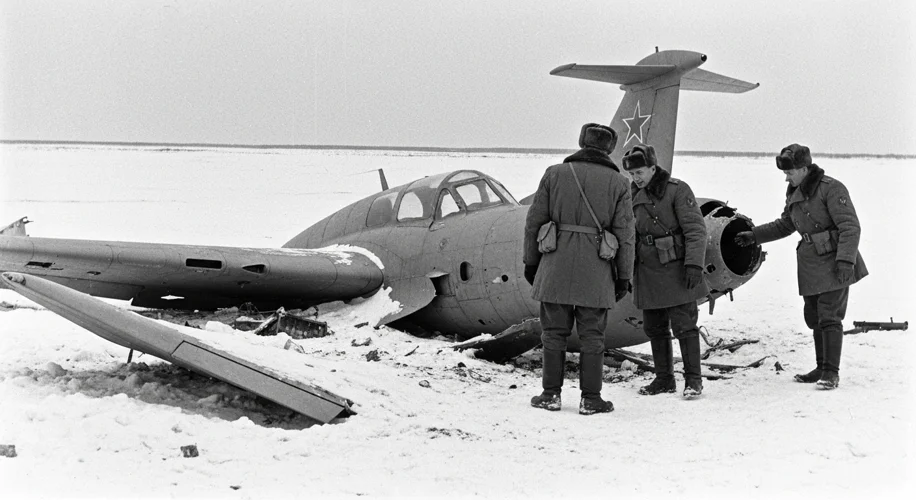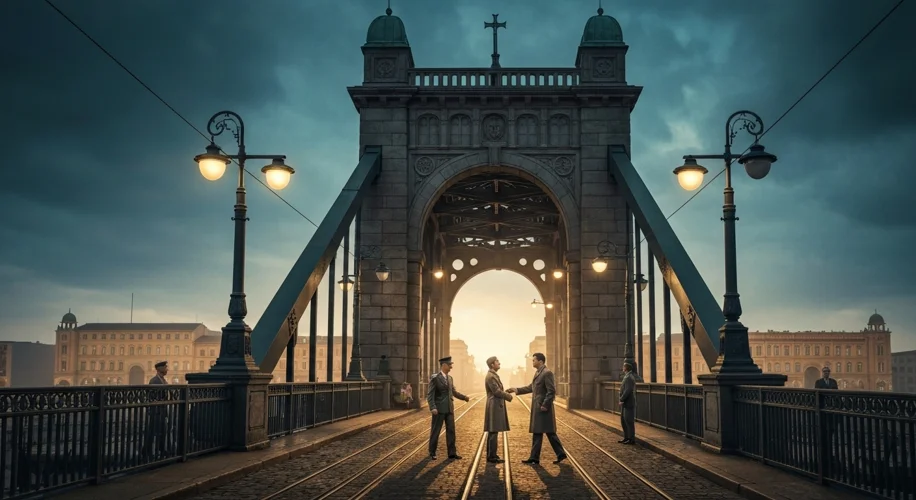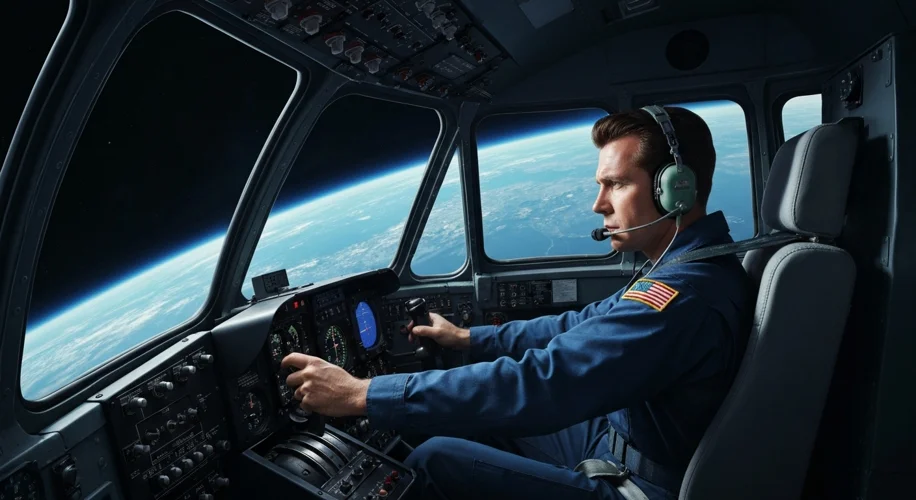The crisp May morning of May 1, 1960, dawned like any other for Francis Gary Powers, a skilled aviator in the employ of the Central Intelligence Agency. Piloting the Lockheed U-2, a reconnaissance aircraft designed to fly at altitudes previously thought unreachable, Powers was on a mission that epitomized the clandestine nature of the Cold War. His objective: to soar over the Soviet Union, snapping photographs of military installations and gathering intelligence that could inform American policy. Little did he know, this particular flight would etch his name into the annals of espionage and dramatically escalate global tensions.

The U-2, affectionately nicknamed the ‘Dragon Lady,’ was a marvel of engineering for its time. With its vast wingspan and ability to reach altitudes of over 70,000 feet, it was believed to be virtually untouchable by Soviet air defenses. From this lofty perch, the U-2 could survey vast swathes of territory, its sophisticated cameras capturing details that were invisible from any other vantage point. Powers, like other U-2 pilots, was part of an elite, highly trained group entrusted with some of the nation’s most sensitive secrets.
His mission that fateful day began smoothly. Cruising at the edge of space, far above the turbulent weather and the reach of conventional aircraft, Powers surveyed the Soviet landscape. He was nearing the end of his flight, somewhere over the Ural Mountains, when the unthinkable happened. A Soviet SA-2 Guideline surface-to-air missile detonated beneath him, crippling the U-2. The aircraft, designed to withstand extreme conditions, began to break apart under the immense force of the explosion. Powers, realizing his predicament, had mere moments to decide between succumbing to the icy air or attempting a desperate, and ultimately futile, escape.
The narrative of what happened next is a chilling testament to the realities of espionage. Powers ejected from his doomed aircraft, parachuting towards the unforgiving Soviet soil. His training dictated a grim protocol: if captured, he was to ingest a poisoned needle to ensure that no sensitive information fell into enemy hands. However, as he descended, Powers found himself unable to activate the device. He landed, bruised and disoriented, only to be met by a crowd of bewildered Soviet citizens and, soon after, the KGB.
The capture of Francis Gary Powers sent shockwaves through both Washington and Moscow. Initially, the U.S. government attempted to maintain a cover story, claiming Powers had strayed off course due to a malfunction in his oxygen equipment and had likely perished. This carefully constructed narrative, however, began to unravel when the Soviets produced Powers himself, along with undeniable evidence of the U-2’s surveillance mission, including parts of the aircraft and its sophisticated photographic equipment.

Premier Nikita Khrushchev seized upon the incident, using it as a propaganda coup to expose American espionage activities to the world. The ensuing embarrassment for the Eisenhower administration was profound. The incident led to the collapse of a highly anticipated East-West summit in Paris, as President Eisenhower, having been caught in a lie, refused to apologize for the overflights. The carefully cultivated détente that had been building between the two superpowers evaporated overnight, replaced by a renewed wave of suspicion and hostility.
Powers, meanwhile, faced a show trial in Moscow. Convicted of espionage, he was sentenced to ten years in a labor camp. However, his time in captivity was relatively short. In February 1962, in a dramatic exchange reminiscent of Cold War spy thrillers, Powers was traded for Rudolf Abel, a Soviet intelligence agent who had been captured in the United States. The swap took place on the Glienicke Bridge, a desolate crossing between East and West Berlin, a fittingly symbolic location for such a clandestine transaction.
The U-2 incident was a stark reminder of the dangerous game being played during the Cold War. It demonstrated that even with the most advanced technology, human error and the sheer determination of adversaries could lead to catastrophic consequences. For Francis Gary Powers, it was a personal ordeal that would forever define his life, transforming him from a pilot into a symbol of national intrigue and the high stakes of intelligence gathering. The memory of that May morning in 1960, when the sky literally fell on him, serves as a potent historical echo of an era when the world teetered on the brink, and the invisible war above was as perilous as any fought on the ground.


